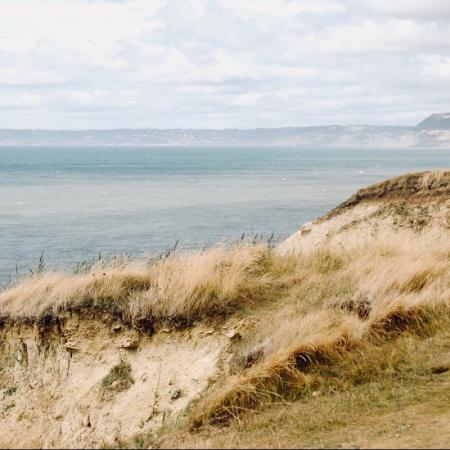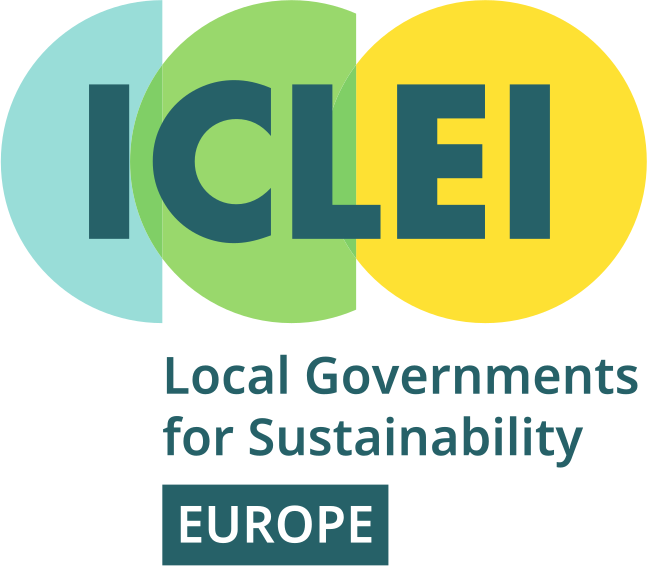
Coastal dunes are high-value areas of biodiversity, providing a home to rare flora and offering protection to coasts against storms. They can, however, be vulnerable to degradation and should therefore be protected. The challenge lies in the changing nature of dunes as an ecosystem type. A study published in the Journal of Ecology titled “Getting the measure of the biodiversity crisis in Mediterranean coastal habitats”, explains the importance of monitoring changes in Mediterranean coastal habitats (Sperandii, Carboni, Acosta 2020).
Science for Environment Policy, a European Commision newsbrief, which provides fortnightly cutting edge research to inform policy makers, offers an excellent summary on the study. The newsbrief begins by highlighting the threatened status of Mediterranean coastal-dune ecosystems in Italy. A lack of recent comprehensive studies to survey long term changes poses a challenge to addressing the dune´s threatened status.
Recently, researchers conducted new surveys which found that there are significant changes to the composition and spatial distribution of Mediterranean dunes.The surveys also point to non-random species loss over a relatively short period of time. To help policy makers and conservationists, researchers pinpoint sand dunes which carry more risk of disappearing. The study issues a strong reminder that potential drivers to habitat loss should be identified and monitored. A potential management approach to protect dune habitat loss is the implementation of Nature Based Solutions (NbS), or solutions which work with nature to address societal and environmental problems. For example, NetworkNature features insightful case-studies on sand dune protection, such as a study on constructing and maintaining dunes on urban beaches in Barcelona and restoration of sand dunes in the Atlantic coast of Portugal. The innovative project in Barcelona uses stakeholder mapping to provide benchmarks for listening in order to create vital dialogue between local administrators and relevant stakeholders. This kind of integrated management approach, which integrates natural capital building and climate change adaptation, is ultimately simpler and more cost effective.
A key element to successful NbS implementation is participation from many groups. This is why the UN Decade on Ecosystem Restoration is urging as many stakeholders as possible to work on projects which revive damaged ecosystems. On the subject UNEP states ``now is the time to focus on restoring our ecosystems to improve biodiversity and what better way to achieve this than with nature-based solutions".
Top photo: Sand Dunes - Tessa Simpson, Unsplash











